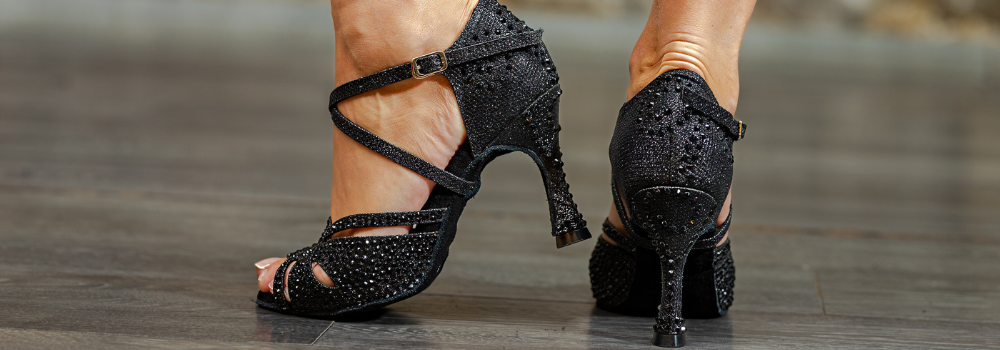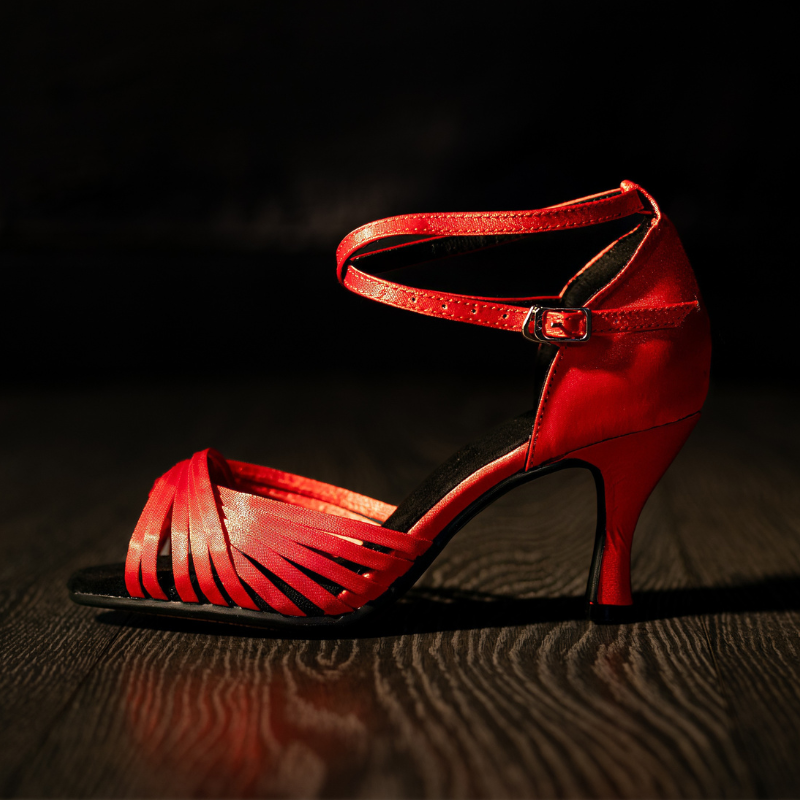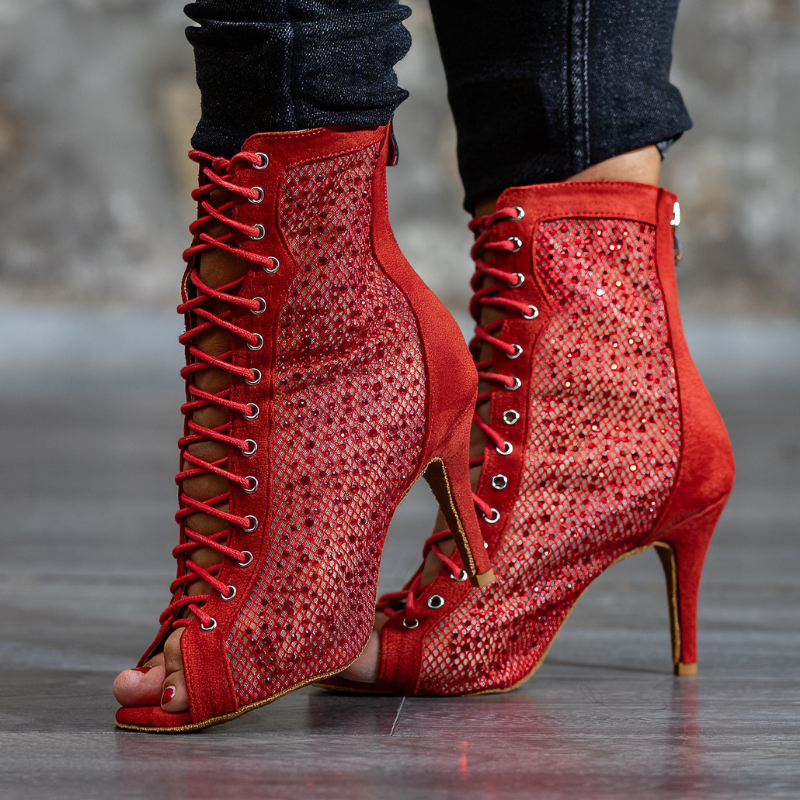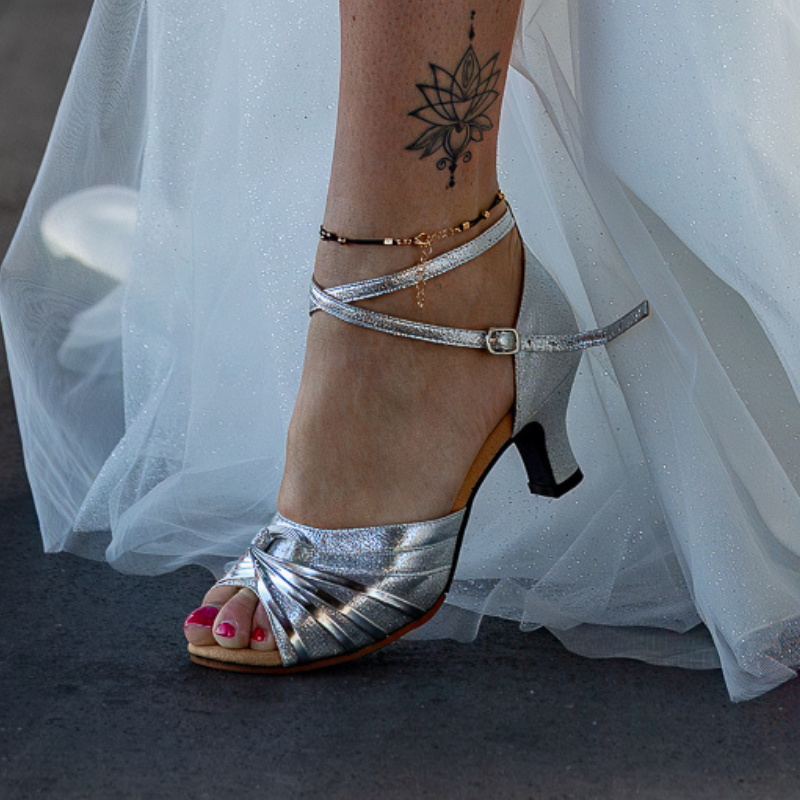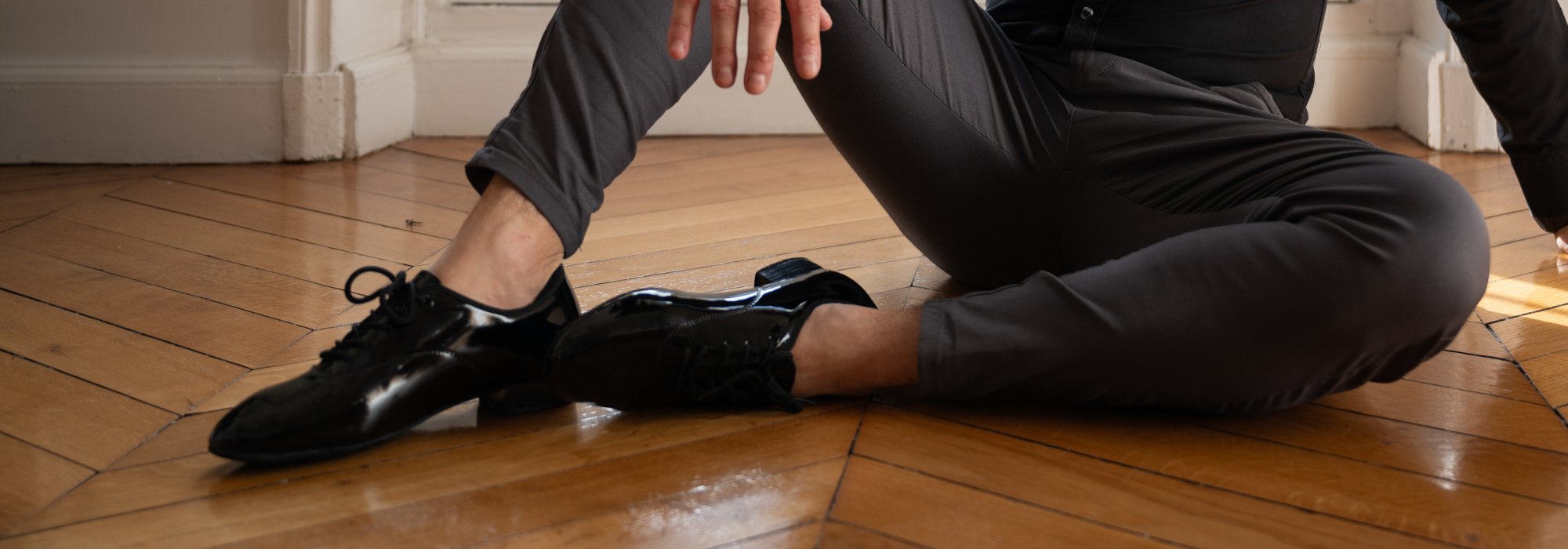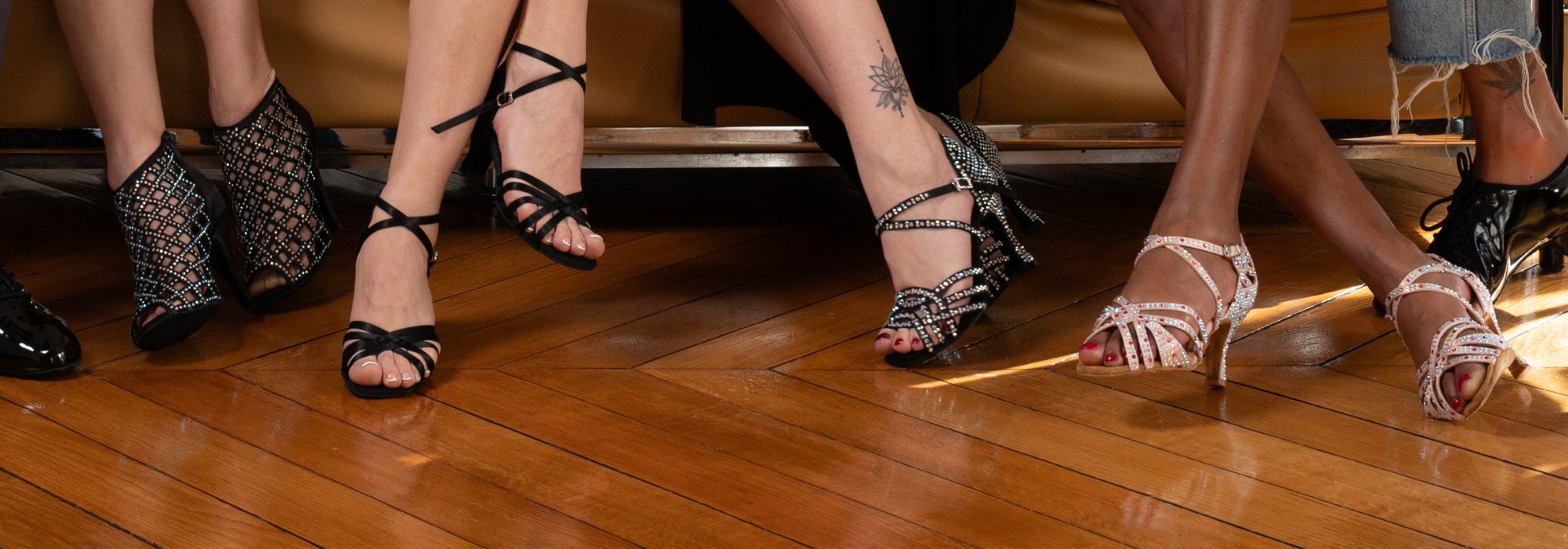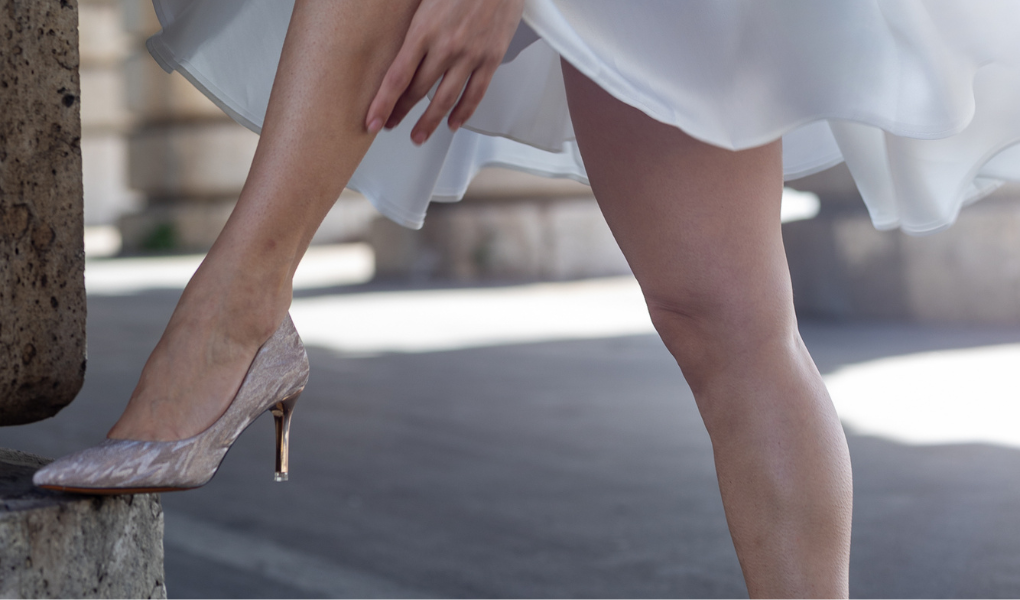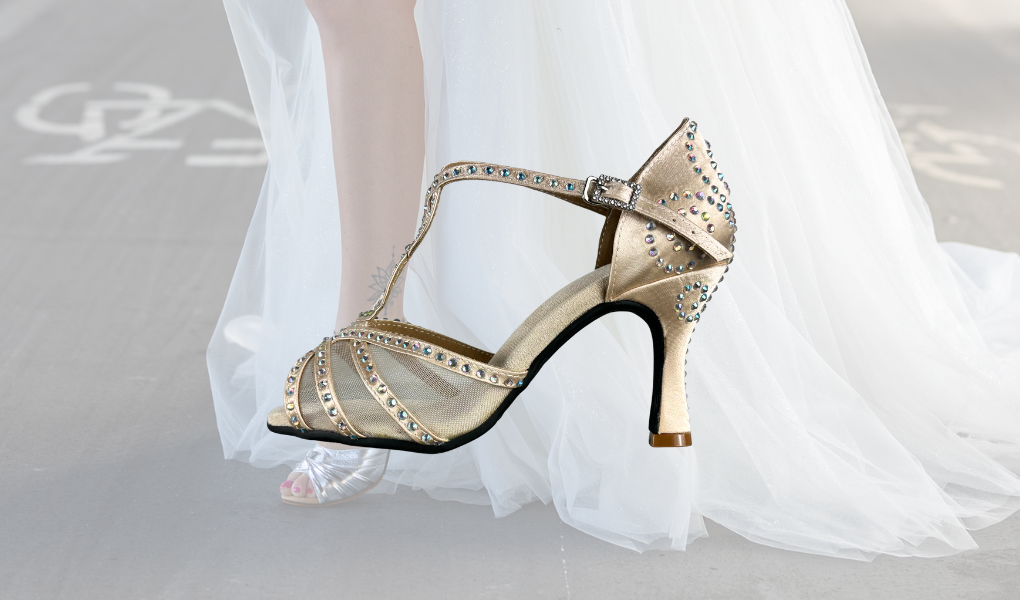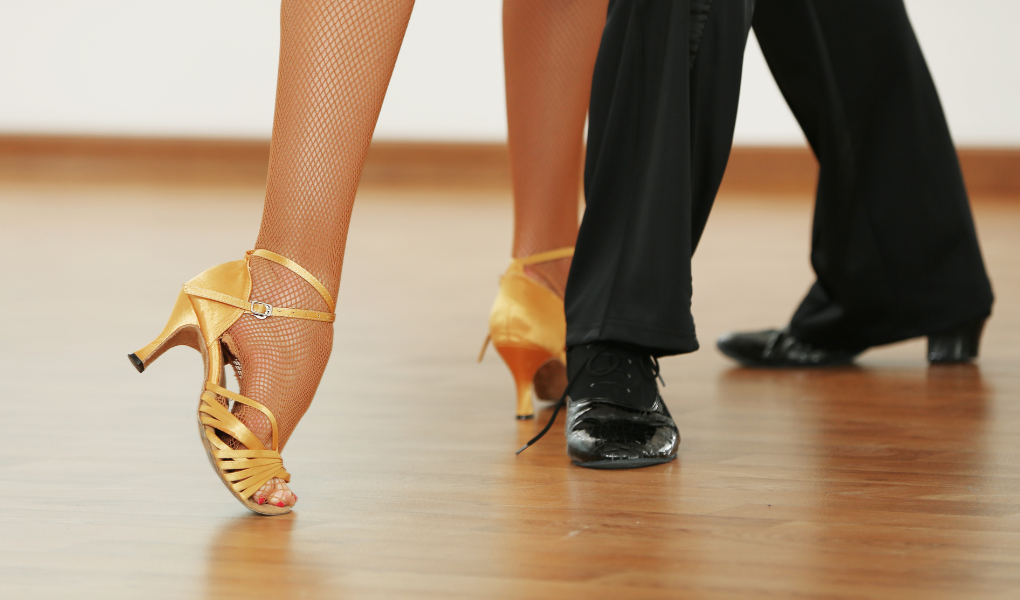How to choose your shoes according to the shape of the foot?
For any dancer or dancer, choosing the right dance shoes is much more than a simple question of style. This is the base of your freedom on the track, the setting for your energy, the key to your comfort and your performance. But each foot is unique: fine or strong foot, pronounced kick, arched vault or not, your choice should leave nothing to chance. How to combine elegance, comfort and safety according to the shape of your foot? Choosing the right dance shoes is giving yourself the pleasure of dancing without constraint, from the first step to the last note of the night. Discover our coach advice here, tips and recommendations to help you find your ideal pair and vibrate each movement - while taking care of your precious feet.
Understand the morphology of your foot above all
Identify fine foot, wide foot, strong kick ...

Before diving into the choice of dance shoes, it is essential to know the morphology of your foot. Take a moment: observe the width of your forefoot, the height of your kick, and do not hesitate to compare with a pair that suits you perfectly.
- Stretch : The shoe must perfectly marry your foot to avoid any slip.
- Wide foot : Opt for a model with a flexible upper or a special width.
- Pronounced kick : Looking for adjustable flanges or elastic materials.
What are the risks if the shoe is not suitable?
The inadequacy leads to bulbs, pain, instability and loss of pleasure in dancing. Too narrow shoe oppresses; Too wide, it hinders precision, like a partner that lacks connection. Take this time for you, your pleasure depends on it.
Shoes adapted to fine feet: key tips
Adjusted models and crossed straps

For dancers with fine feet, dance shoes must gently wrap the foot. Prefers models where the stem marries the shape, with crossed or double straps, which hold the foot during fast towers.
- Avoid models that are too large or open to the sides
- Opts for fine, flexible soles, which marry your support
- Prefers leather or materials that “do” slightly at the foot but without excess
The importance of fittings
Always try your dance shoes in real conditions, ideally at the end of the afternoon when your feet are slightly swollen. Walk, pivot, take a few salsa or bachata ... Do you feel that the foot moves inside? If so, the shoe is too wide for you.
Solutions for wide feet: comfort and support
Choice of width and extensible materials
If you have a wide foot, do not sacrifice your comfort in favor of design. Some brands now offer “wide” or “wide” models: they offer the space necessary in the forefoot without neglecting elegance.
- Promotes models with stretch strips, soft nubuck or flexible satin
- Shoes with rounded tip bring more toe space
- Avoid models with sharp or too narrow
Adapt the sole to marry the shape of the foot
A soft insole, even slightly raised on the edges, improves the maintenance of the wide foot. Some dance shoes also make it possible to integrate a thin orthopedic sole if necessary, to dance without pain all evening.
Shoes for flat or low plantar vaults
Importance of the support of the vault

If you have flat feet, choose dance shoes with slight support from the arch. A too flat vault increases fatigue and can generate posture or balance errors.
- Look at the model side with anatomical insole
- Avoid the first prices without any maintenance
- Favors brands renowned for their comfort, as Our Salsanueva selection Shop
Tips for more comfort
Adds a fine gel or memory foam sole for comfort supplement, this allows you to absorb shocks and lighten the pressure on your plantar arch.
Hollow feet or accentuated plantar vault
Choice of camber and heel
A very marked plantar vault requires dance shoes that offer a harmonious camber and a stable fit. Low heel models (between 4 and 6.5 cm) are ideal for keeping balance and elegance.
- Favors the bridles around the ankle to maintain stability
- Opted for a robust heel, well centered under the heel of the foot
- Run away flat shoes without support, you will lose in support and fluidity
Example of possible adjustments
Inserts if necessary a specific half-semsed under the arch to limit fatigue during long dancing evenings. Remember to alternate pairs depending on the heel height and the intensity of rehearsals.
Choose the height and shape of the heel
High heel or heel, what to choose?
The height of the heel influences balance and posture. For salsa or bachata, a low heel (4-6 cm) promotes stability, especially for beginners or those who dance several hours in a row.
- Low heel = comfort, confidence, best anchor sensations
- Heel higher (7-9 cm) for the scene or for those who perfectly master weight transfers
- “Flare” form (expanded to the base) recommended to avoid instability
The impact of the heel on the shape of the foot
A well -suited heel respects the natural camber from the foot, do not unbalance yourself, and you help find the right impulse. Tip: if you're not sure, always starts with a lower heel and gradually goes up!
The importance of the sole in the choice
Leather, Sweden or Neoprene sole?

The sole plays the role of conductor between your foot and the prosecution. It should allow you to slide just what you need, without ever losing control. The best dance shoes generally offer a suede sole (returned leather crust), ideal for pivoting with ease.
- Sweden sole: perfect compromise sliding/comfort
- Neoprene or bi-material for more cushioning
- Absolutely avoid the boom or plastic soles (risk of “sticking” on the ground, bad sensations)
Maintain your soles to optimize their lifespan
Opts for a special brush to maintain the soles in Sweden, and think about ventilating your shoes regularly. A good maintenance is the promise of dozens of successful evenings.
Adapt your choice according to his dance discipline
Salsa, Bachata, Heels: What different needs?
For each dance style, the ideal shoe varies. In salsa and bachata, favors contact on the ground, flexibility and safety during the towers. In Heels or Cabaret dance, the maintenance of the foot and the stability of the heel are even more essential.
- Salsa: enveloping upper, fine sole, moderate heel
- Bachata: amortized for the marked support, lateral maintenance
- Heels: Solid heel, adjustable fit, sometimes platform
Discover our Guide to choose your dance shoes According to each discipline.
Try, move, feel: the winning trio
Always take the time to try your shoes in different movements characteristic of your dance. The sensations vary according to the styles: heels, slides, pivots ... Listen to your body, he will thank you!
Tips to avoid pain and injury
Adapt the fit and prevent pressure points
A suitable fit is the key to avoid friction, bulbs or plantar pain. Do not hesitate to adjust the attachment (flange, velcro, loop) and gradually break the new shoes at home.
- Use an impact to slightly widen the shoes, if necessary
- Hearts with fine socks at home so that they take the shape of your foot
- Regularly massage your feet after rehearsals
The importance of consulting a professional in doubt
If pain persists, consult a podiatrist or ask your coach for advice. Dancing is first to take care of yourself. You deserve to set off on the track the free and light spirit.
FAQ - Frequent questions
How do I know if my dance shoes are in the right size?
Your dance shoe must wrap your foot without compressing it. When you dance, there must not be “floating” or too marked pressure point. Ideal? Try your shoes at the end of the day and make some favorite discipline movements to test the feelings.
Can I wear city shoes to dance salsa?
City shoes are not suitable for the intensive dance practice: too rigid sole, bad cushioning, risk of slides or injuries. Better to invest in real dance shoes designed for comfort, safety and performance.
What if I have a "fine foot" but I only find standard models?
Opt for adjusted models with crossed flanges or double attachment, or adds a fine sole to fill the space. Some high -end stores, such as Salsanueva Shop, Offer ranges specifically suitable for fine feet: request advice or look online.
How to maintain the soles in Sweden with my dance shoes?
Use a special metal brush to remove dust and revive the slide from Sweden. Remember to ventilate your shoes after each session and avoid humidity to preserve the material.
What is the best heel to start Latin dance?
A low to medium heel (between 4 and 6 cm), with a slightly flared shape ("flare"), is the ideal choice to start: it ensures stability, comfort, and allows you to integrate the bases without risk of injury.
What materials to favor to avoid bulbs?
Promotes dance shoes in soft leather, nubuck or well doubled satin. Natural materials let the foot breathe and considerably reduce the risk of friction. Avoids low -quality synthetic models.
Do I have to choose a tighter shoe than my city shoe?
Yes, the dance shoe must be adjusted, a little more “near the foot” than your city shoe. But never to the point of cutting you down traffic or creating painful points! The balance is subtle, as in dance.
Discover our dance shoes models Available on our Salsanueva online store Shop, Thoughts for demanding dancers.

